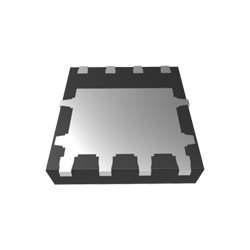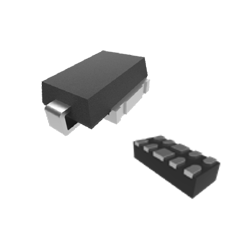/ Powering the Future
While the battery is the most expensive component of electric vehicles, the battery management system keeps things running safely and smoothly.
These innovative systems provide ongoing monitoring of battery data — voltage, temperature, and current — to perform a range of functions, including:
- Optimizing the battery’s performance by balancing individual battery cells in real-time
- Stopping the charge function when the battery is full
- Shutting down operations when the battery overheats
- Providing alerts if there are any malfunctions
- Communicate how much charge the battery currently has, which impacts its range
- Reports the battery’s stage of health (SOH) or how much life the battery has left
The battery management system should balance efficiency and performance, but most importantly, it needs to prevent dangerous situations due to overheating or short circuits.
/ Application Considerations
To ensure the longevity of electric vehicles (EVs), a Battery Management System (BMS) must not only manage the immediate safety and efficiency of the battery but also oversee its lifecycle. This involves:
- Charge/discharge - the BMS must be able to safely charge and discharge the battery pack while preventing overcharging, over-discharging, and short circuits that could cause a fire.
- Efficiency - to maximize the driving range of the vehicle, the BMS should be as efficient as possible
- ESD and transient suppression - the battery pack must be protected from ESD and transient voltage spikes, which damage battery cells and performance.
- High current handling - the BMS must handle high currents to ensure the battery can deliver the power needed to propel the vehicle.
- Fast switching - charging and discharging of the battery must happen quickly to minimize power losses and maximize efficiency.
- High-temperature capability - the BMS should withstand temperatures and worst-case operating conditions, especially in warm climates.
- Low on-resistance - essential to minimize power losses and maximize efficiency
- Low reverse recovery time - low Trr is needed to minimize voltage spikes and energy losses during switching.
- Applicable industry standards - our Automotive-grade components are AEC-Q101 qualified and meet ISO 26262 standards.
/ Unlock Efficiency for Battery Management Systems
/ Block Diagram
/Recommended Products
Get a Competitive Edge on Your Next Project
No matter the application or industry, MCC has the components and service you need to get to market faster and reduce overall costs.
EXPLORE AUTO APPLICATIONS


